Is Ettringite a Problem?
If you haven’t heard about ettringite yet, you likely will soon. There is a perception, among many, that the formation of ettringite is damaging to concrete. For this reason, I want to give you a brief explanation about what it is, and a little background about ettringite (pronounced ett-ring-ite).
Ettringite is not visible with the naked eye, but its needle-like crystals can be seen under a microscope. Both water and space must be present for the ettringite crystals to form.
The modes of ettringite formation are:
Primary Ettringite this is a normal by-product of early Portland cement hydration. It is necessary and beneficial in the control of setting, strength development and shrinkage. It is distributed homogeneously, and is non-destructive.
Secondary Ettringite this is present in hardened, moist concrete. If concrete is exposed to water for a long period of time, the primary ettringite will dissolve and recrystallize in voids. Secondary Ettringite Formation (SEF) is non-destructive.
Delayed Ettringite because Primary Ettringite is unstable above 160F, it won’t form if curing temperatures don’t exceed 160F. Further, the Primary Ettringite that has been formed prior to curing will decompose. If the concrete product is later exposed to water or wet conditions at ambient temperature, ettringite slowly forms and grows in the matrix, leading to expansion and destructive cracking. This is known as Delayed Ettringite Formation (DEF), and is destructive.
Late Ettringite this is an expression that has been used in North America to refer to DEF that has been generated in concrete that was cured at low temperature, or not subjected to any high temperature curing.
NOTE: SEF and DEF are frequently incorrectly used as synonyms, but they are not the same.
During the late 1990s, DEF was a serious problem throughout several parts of Europe.This was because many of the large precasters were curing girders at very high temperatures (in excess of 160F and as high as 200F), and their cements contained a relatively high percentage of sulfates. As a result, products that were exposed to a moist environment experienced deleterious cracking, after only a few years.
The Europeans learned, however, that if they reduced curing temperatures to below 160F, DEF no longer occurred. Even with the higher sulfate cements, DEF was not a problem, at lower curing temperatures.
Do we, or do we not, have a DEF problem in North America? The general consensus around the world (including the ACI, PCA) is that provided the curing temperature does not exceed 160F, DEF is not likely to occur. Further, DEF is even less likely to occur in concrete made with Pozzolans or slag cement, because the concrete is less permeable.
It seems that the sulfate content of North American cements is higher than it used to be. Does this pose a problem? Testing that has been carried out indicates that there will be no DEF as long as the curing temperature is below 160F.
For our producer members who do not cure in a conventional curing cell (or kiln), but simply cover the product with tarps and turn on the steam, there is cause for concern. If you are double or triple pouring, you should be checking the temperature under the tarps to ensure that it is below 160F. This can be done by utilizing a “heat gun”, an infrared temperature recorder simply lift the tarp, and point the “gun” at the concrete to record the concrete temperature.
Exceeding 160F can present a potential DEF problem, after the product has been installed from one to five years. DEF is something you should all be aware of, but you don’t need to be alarmed if you are curing your product at temperatures no higher than 160F.
